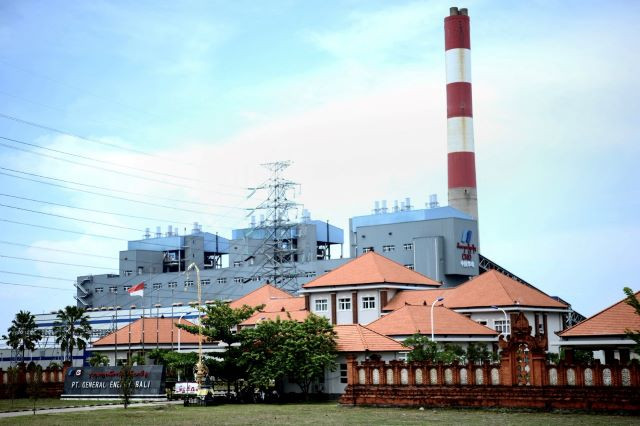Fishing village aims for self-sufficiency
A small fishing settlement in Bantul regency, Yogyakarta, will soon host the country's largest hybrid energy development pilot project
Change Size

A
small fishing settlement in Bantul regency, Yogyakarta, will soon host the country's largest hybrid energy development pilot project.
The project, which aims to make Pandansimo village in Srandakan district become energy self sufficient, involves the participation various agencies.
Built at an estimated cost of Rp 3 billion (US$300,000), the project is part of a joint venture headed by the Research and Technology Ministry.
Those agencies include the National Aeronautics and Space Agency (LAPAN); Maritime Affairs and Fisheries Ministry; the Cooperatives and Small and Medium Enterprises Ministry; Bantul regency administration; Gadjah Mada University (UGM); E-Wind Energy; and Indonesian Science and Technology Community (MITI).
Research and Technology Minister Suharna Suryapranata, UGM Rector Sudjarwadi and Bantul Regent Idham Samawi symbolically laid the corner stone for the project recently.
"This is the biggest hybrid project in the country and it's coming together with the synergy of various agencies," Suharna said.
"Similar projects have actually been carried out by various agencies but on a smaller scale and in a separate manner."
The project's building, which covers an area of 700 square meters, will soon be fitted with solar panels that are able to generate 15,000 watts of electricity.
Besides solar panels, the project in Pandansimo will also equipped with 40 wind power turbines, each able to produce 1 kilowatt of power.
After energy produced by the solar panels and turbines has been converted, it will be used to, among others, produce 1,000 kilograms of ice blocks each day.
The ice production is aimed at meeting the demands of fishermen in the southern coast of Yogyakarta, who many of whom still depend on surrounding ice factories for their ice supplies.
"I spend around Rp 70,000 on ice each day to meet my needs. We hope the new ice factory is able to bring the prices down," said Jaman, a fish seller in Pandansimo beach.
The project is scheduled to be completed in three years and ready to be operational by the middle of 2013.
Harry Prabowo from UGM's school of electric and information technology has been involved in counseling residents, said the energy produced by the solar panels and turbines would also be used for street lighting.
Energy produced will also be used to operate irrigation pumps for coastal farmland so it no longer needs to rely on electricity provided by state power company PLN.
Surrounding residents, he added, would also receive assistance to understand the scale of the project.
UGM and LAPAN will provide counseling and technical support for residents to ensure the energy sources benefit them, and to optimize and facilitate system operation.
"We will provide guidance and counseling to prepare the residents, because without their participation, the project will have limited benefits," Harry said.









